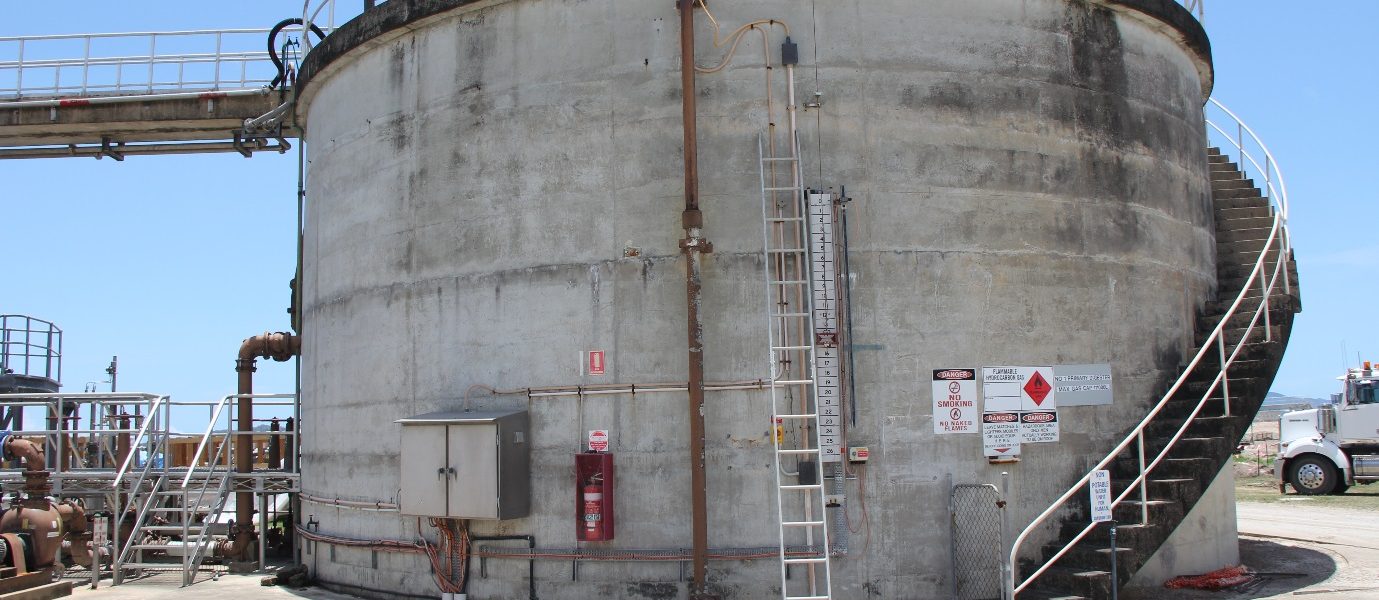Roar Solutions - Questions
Roar Solutions - Questions
Blog Article
The Best Strategy To Use For Roar Solutions
Table of ContentsRoar Solutions Fundamentals ExplainedAn Unbiased View of Roar SolutionsThe Best Guide To Roar Solutions
In order to protect installments from a potential explosion a method of analysing and identifying a potentially unsafe area is called for. The objective of this is to guarantee the proper choice and setup of tools to ultimately avoid a surge and to make certain safety of life.
(https://letterboxd.com/roarsolutions/)
No tools needs to be installed where the surface area temperature of the equipment is greater than the ignition temperature of the provided hazard. Below are some common dust dangerous and their minimum ignition temperature. Coal Dirt 380C 225C Polythene 420C (thaws) Methyl Cellulose 420C 320C Starch 460C 435C Flour 490C 340C Sugar 490C 460C Grain Dirt 510C 300C Phenolic Material 530C > 450C Aluminium 590C > 450C PVC 700C > 450C Soot 810C 570C The chance of the threat being present in a concentration high enough to create an ignition will certainly vary from place to place.
In order to categorize this danger an installment is separated right into areas of danger depending upon the quantity of time the dangerous exists. These areas are referred to as Areas. For gases and vapours and dirts and fibers there are 3 areas. Zone 0 Zone 20 An unsafe environment is highly likely to be present and may exist for extended periods of time (> 1000 hours annually) or also constantly Zone 1 Zone 21 A hazardous environment is possible however unlikely to be present for extended periods of time (> 10 450 C [842 F] A category of T6 implies the minimal ignition temperature level is > 85 C [185 F] Harmful location electric equipment perhaps designed for usage in greater ambient temperatures. This would certainly indicated on the ranking plate e.g. EExe II C T3 Ta + 60C( This implies at 60C ambient T3 will certainly not be gone beyond) T1 T1, T2, T3, T4, T5, T6 T2 T2, T3, T4, T5, T6 T3 T3, T4, T5, T6 T4 T4, T5, T6 T5 T5, T6 T6 T6 A T Course rating of T1 implies the optimum surface temperature generated by the instrument at 40 C is 450 C. Presuming the linked T Course and Temperature level ranking for the equipment are appropriate for the location, you can constantly make use of a tool with an extra rigorous Division rating than needed for the location. There isn't a clear solution to this question unfortunately. It truly does depend upon the type of devices and what repairs require to be accomplished. Equipment with specific examination procedures that can't be done in the field in order to achieve/maintain 3rd celebration score. Must come back to the manufacturing facility if it is prior to the devices's solution. Area Repair By Authorised Personnel: Difficult testing might not be required nonetheless certain procedures might require to be followed in order for the equipment to preserve its 3rd party score. Authorised employees need to be employed to execute the work Recommended Reading appropriately Repair work should be a like for like substitute. New part have to be thought about as a straight substitute calling for no special screening of the devices after the repair service is full. Each tool with a hazardous ranking need to be assessed separately. These are outlined at a high level below, however for even more detailed details, please refer directly to the standards.
Indicators on Roar Solutions You Need To Know
The equipment register is an extensive database of devices documents that includes a minimum collection of areas to identify each item's place, technical parameters, Ex lover classification, age, and ecological data. The proportion of In-depth to Shut inspections will be determined by the Devices Threat, which is evaluated based on ignition danger (the probability of a source of ignition versus the chance of a combustible ambience )and the dangerous area category
( Zone 0, 1, or 2). Executing a robust Risk-Based Inspection( RBI )method is critical for guaranteeing compliance and safety and security in taking care of Electrical Equipment in Hazardous Areas( EEHA).
The Best Strategy To Use For Roar Solutions

In regards to explosive threat, a harmful area is an environment in which an explosive atmosphere is present (or might be expected to be present) in quantities that need special preventative measures for the building and construction, installment and usage of devices. hazardous area course. In this short article we explore the challenges faced in the work environment, the threat control actions, and the required expertises to work securely
These materials can, in certain conditions, form explosive atmospheres and these can have significant and tragic effects. Many of us are familiar with the fire triangular eliminate any type of one of the 3 elements and the fire can not occur, but what does this mean in the context of hazardous areas?
In many circumstances, we can do little concerning the levels of oxygen airborne, but we can have significant impact on sources of ignition, for example electrical tools. Harmful areas are documented on the dangerous location category illustration and are identified on-site by the triangular "EX LOVER" indication. Below, among various other essential info, areas are divided right into 3 types depending upon the risk, the probability and period that an eruptive environment will exist; Area 0 or 20 is considered one of the most dangerous and Zone 2 or 22 is regarded the least.
Report this page